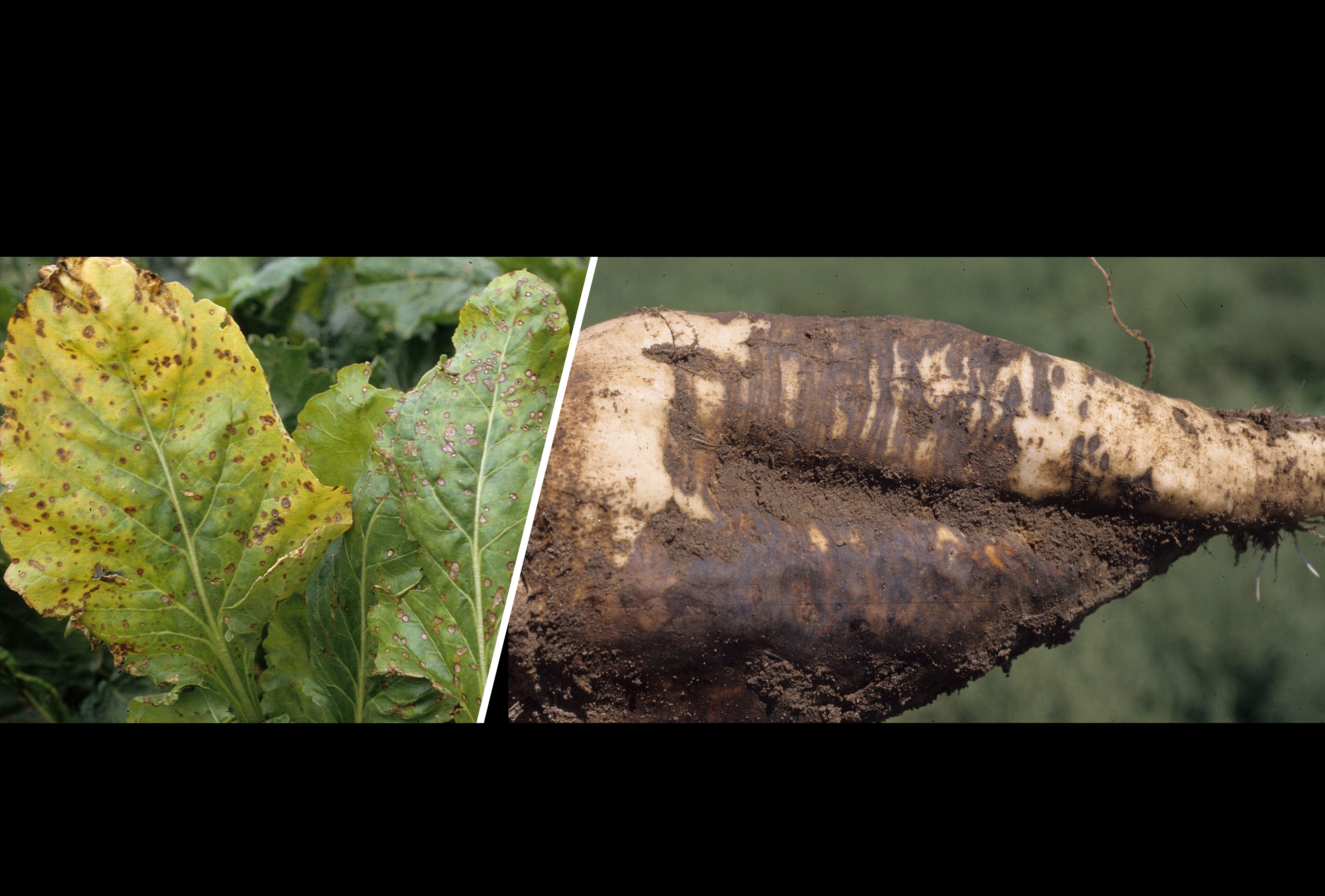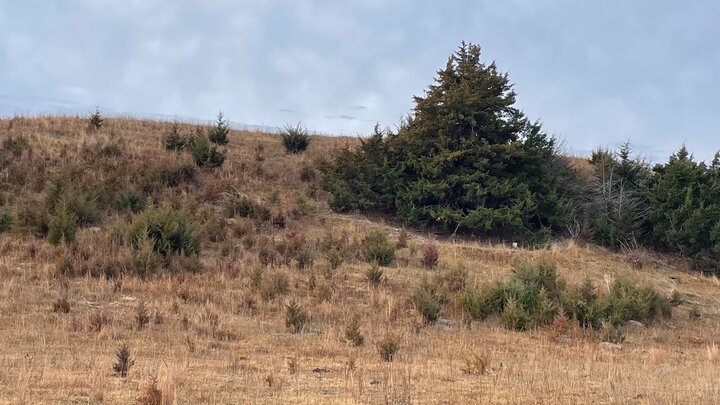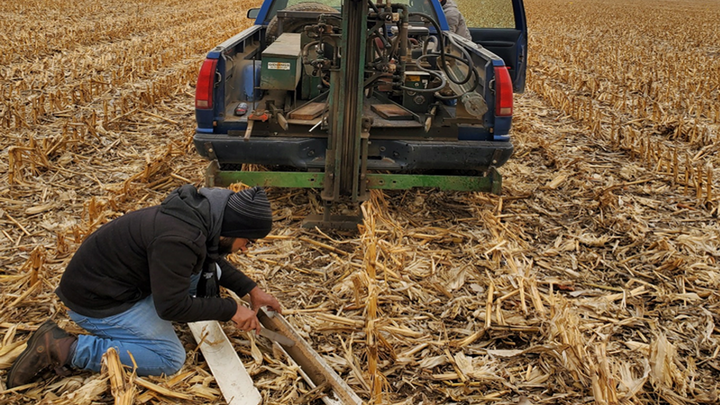By Robert Harveson, Extension Plant Pathologist
Pathogen
Beet Necrotic Yellow Vein Virus BNYVV (Furovirus/Benevirus). Virus structures: rigid rod particles with divided genomes (3-5 molecules of single-stranded RNA). The disease is economically limiting wherever it occurs. These locations include growing areas in Japan, China, Europe, and the United States. The virus is transmitted by the soilborne plasmodiophorid-like fungus, Polymyxa betae, which is an obligate parasite infecting members of the Chenopodiaceae. The pathogen survives in long-lived survival structures of the vector called cystosori. The cystosori liberate zoospores that infect sugar beets, and if viruliferous, will transmit the virus into the roots.

Disease Symptoms
Foliar symptoms show various degrees of stunting, wilting, and yellowing and often may be confused with a nutritional deficiency. Root symptoms include a constricted taproot with a proliferation of small feeder roots, known as bearding, after early infection. They often exhibit a "wineglass" shape when infection occurs late. Severe infections will result in necrosis of vascular elements when roots are viewed in cross-section. The necrotic yellowing along leaf veins, for which the virus was named, is seldom seen in the field.




Favorable Environmental Conditions
Because of the zoosporic nature of the vector, very warm, water-saturated soils are required for effective dispersal and infection. Early infection results in much more severe stunting, and yield reductions. Infections occurring later in season may suffer loss of sucrose content, but often result in acceptable root yields.
Genetic Resistance
Use of resistant cultivars is the most cost effective tool for managing this disease. Many cultivars are available (are required for the approval process in the Nebraska/Colorado growing region), many with varying disease packages containing tolerance to other regionally important diseases. Unfortunately, some evidence is appearing now suggesting that some populations of the pathogen may be overcoming the resistance in cultivars. This is evidenced by the appearance of so called "blinkers", which are plants of a resistant variety that show both foliar and root symptoms characteristic of the disease.
Cultural Practices
Management of rhizomania can also be achieved by a combination of cultural practices that are aimed at interfering with the life cycle of the vector. Planting early into cool soils, avoiding over use of irrigation, crop rotation, and using resistant varieties will all help to reduce disease problems due to BNYVV.
Chemical/Biological Control
Soil fumigation and/or solarization where allowed or cost-effective can also be beneficial.


Links
For additional information, see the UNL Extension NebGuide, Rhizomania of Sugar Beet (G1842).








